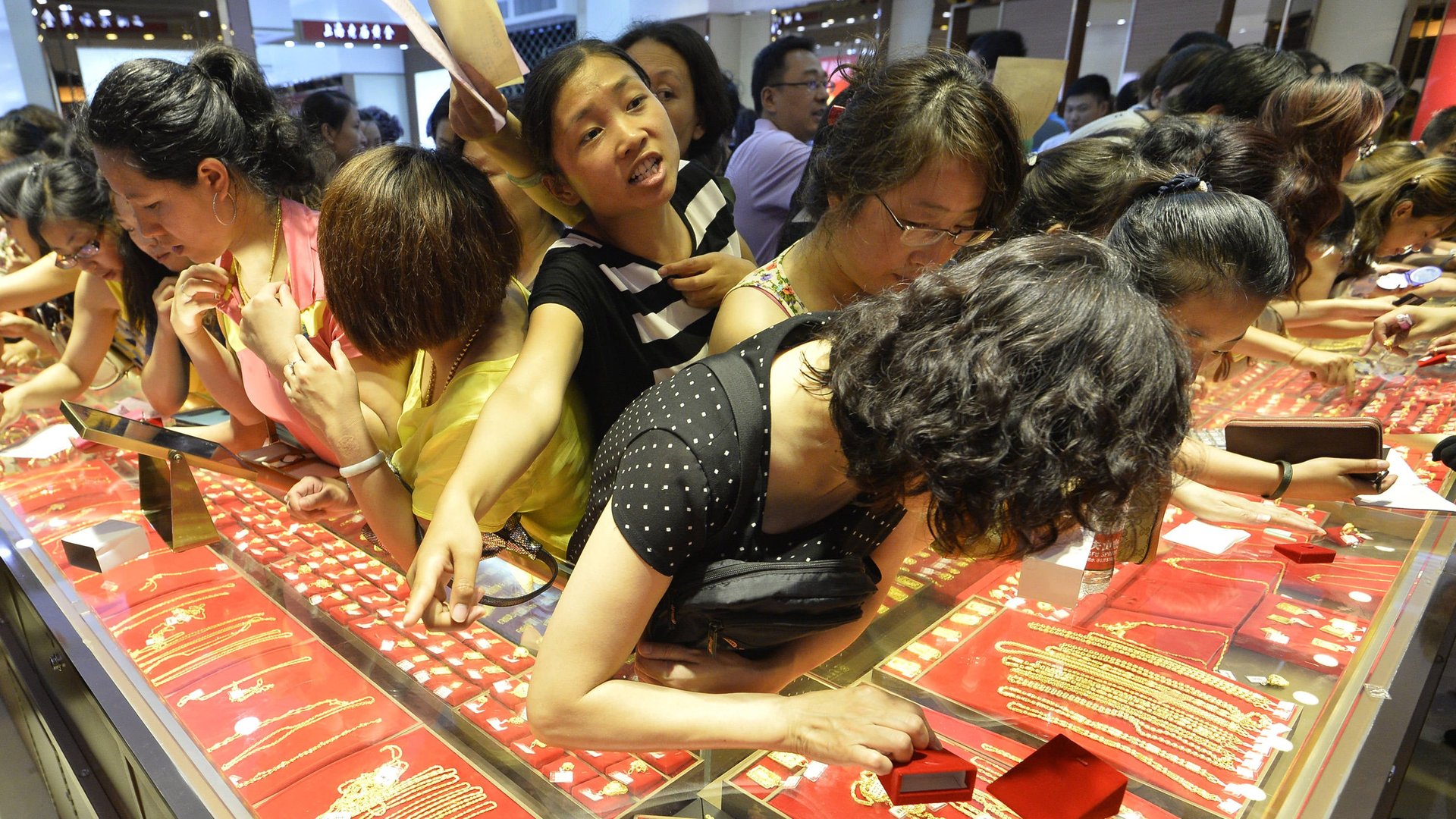Impulse shopping is becoming a problem for shoppers in emerging markets too
Chinese shoppers aren’t known for being impulsive. Determined to find the best deals, they’re willing to take days comparing prices at stores or online. Many read reviews of products, or consult with friends before making a purchase.


Chinese shoppers aren’t known for being impulsive. Determined to find the best deals, they’re willing to take days comparing prices at stores or online. Many read reviews of products, or consult with friends before making a purchase.
Now, impulse buying—unplanned purchases prompted by a variety of factors (pdf) that researchers are still studying—is on the rise in China and other emerging markets. In a recent survey by market research firm Nielsen, the percentage of shoppers in the Asia-Pacific region, as well as in the Middle East, who reported making impulse purchases was higher than the poll’s global average. The survey of 29,000 online respondents found that 52% of those surveyed in Thailand, 48% in India, and 44% in China answered yes to the question, “I often buy things I do not need impulsively.”
This matters for retailers who want to tap into rising consumer classes in China and India. Disposable incomes in these countries are rising, as are the availability of credit, and shopping venues. In China, one factor that might be prompting looser purse strings is that shopping has become not just a way to show a person’s socio-economic status but to express his or her individuality—a trait researchers have linked to higher impulse buying (subscription required).
Compared to developed markets like the US, much less research has been done on the nature of impulse shopping in emerging markets. But we do know that this form of shopping is growing in China’s luxury sector. According to a McKinsey study (pdf, p. 25), 37% of 1,000 Chinese surveyed said they decided on buying a luxury bag or wallet within a day in 2012, compared to 24% in 2010. Of those who bought luxury clothes, 39% made their purchases on impulse, compared to 29% two years earlier.